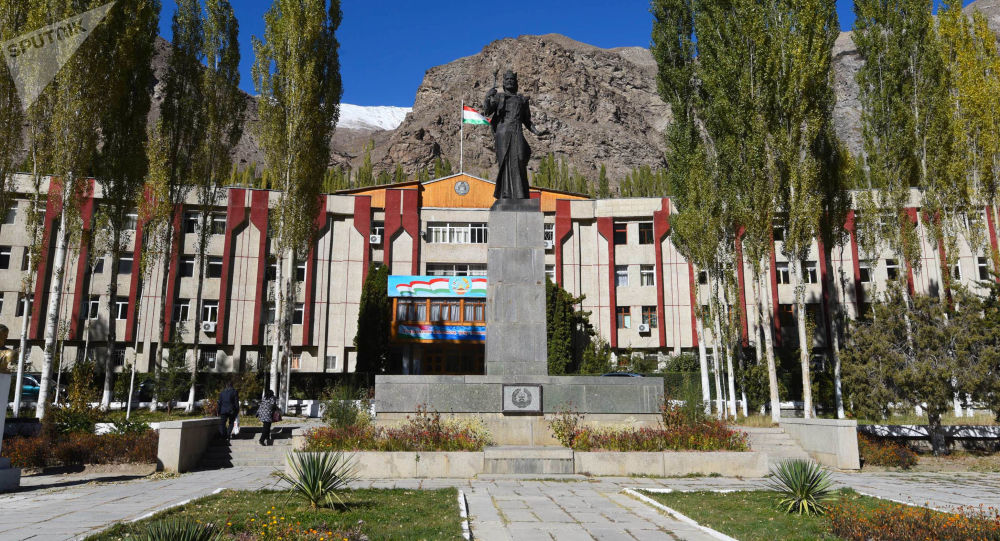The regional administration of the Gorno Badakhshan Autonomous Region (GBAO) denies information that the Akjilga silver mine, which is located in GBAO’s Murgab district, was handed over to China to pay debt to it as unfounded.
“It is a normal workflow on attracting foreign investments,” says a statement posted on GBAO government’s page on Facebook.
The statement says that there are 120 points with appearance of precious metals in region and local authorities are seeking investors for exploring and developing them.
GBAO government notes that the region’s economy can be developed only by promoting mining industry, and under shortage of domestic investments they have to attract foreign investments.
An agreement concluded between the Tajik Government and China’s Kashgar Xinyu Dadi Mining Investment on development of the Akjilga deposit in June this year and ratified by Tajikistan’s lower house (Majlisi Namoyandagon) of parliament on October 1 has caused numerous social media posts that that the silver mine was handed over to China to pay debt it.
Residents of GBAO have demanded that a full text of the agreement between the government and the Chinese company be made public.
Recall, Tajik lawmakers voted to ratify the agreement giving China’s Kashgar Xinyu Dadi Mining Investment development rights for the Akjilga silver mine on October 1.
Presenting the agreement to lawmakers, Farrukh Hamralizoda, the head of the State Committee on Investment and State-owned Property Management (GosKomInvest), noted that Kashgar Xinyu Dadi Mining Investment will act as investor, while project will be implemented by another Chinese company, C.A. MINERALS.
According to him, the operating license was issued for development of the Akjilga deposit for seven years.
In accordance with the agreement, Chinese investor will invest some 40 million U.S. dollars in development of the deposit, Hamralizodda said.
The second company reportedly studied possible reserves of this silver mine. Based on the results of this survey, the Main Geology Directorate said in 2016 that Akjilga might hold 204.92 tons of silver reserves.
Meanwhile, the statement released by the GBAO government on October 3 says Akjilga’s possible silver reserves are estimated at 415 tons.
Director of C. A. Minerals branch, Yuan Anhui, who attended the hearing of parliament, told journalists after the meeting that Akjilga’s possible silver reserves are estimated at 113 tons and the company is able to produce up to 40 tons of the metal per year.
A reasonable question arises: if the mine’s possible reserves are estimated at only 113 tons and the company will produce up to 40 tons of the metal per year, what for it needs the operating license for seven years?
Hamralizoda said that the field would be developed over a seven-year period, during which time the Chinese company will be exempt from income tax. It will also be exempt from paying customs duties and value added tax (VAT) on the equipment that will be imported into the country for implementation of the project.
At the same time, when Majlisi Namoyandagon speaker Shukurjon Zuhurov asked him about what benefits Tajikistan would stand to get from the project, Hamralizoda claimed that Tajikistan would earn tax revenue.
The Chinese company will work at the mine until its silver reserves run out, Hamralizoda added.
Meanwhile, Deputy Prime Minister, Azim Ibrohim, who has experience working in the Main Geology Directorate, noted in 2016 that the unprocessed ore at Akjilga is far richer in silver content than what is found at the larger Koni Mansour mine, which is located in northern Tajikistan. According to him, each ton of ore at the Akjilga deposit contains 640 grams of pure silver, as opposed to 50 grams at Koni Mansour deposit.






